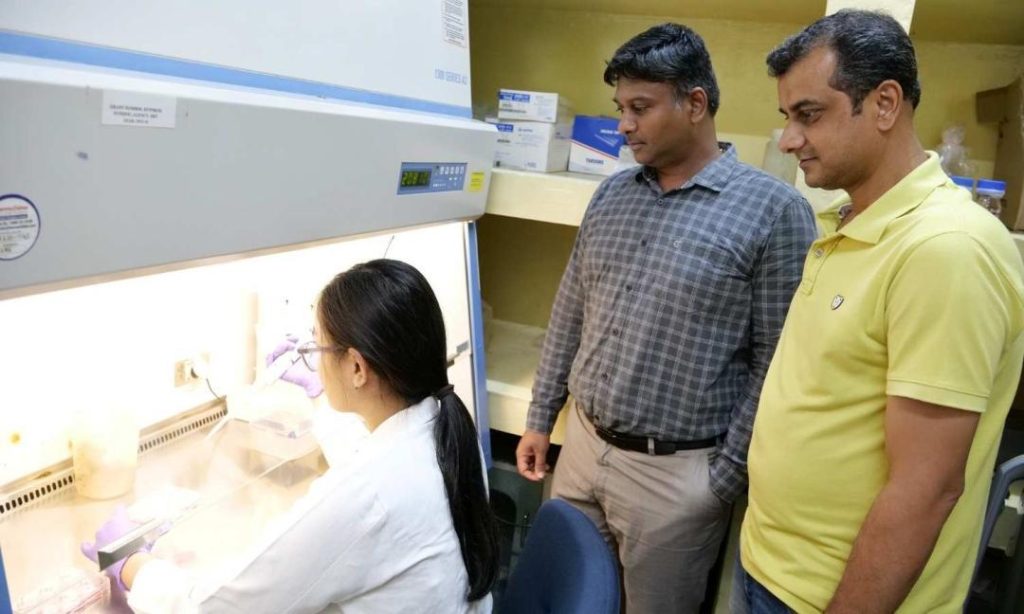
IIT Guwahati develops clay-based Covid-19 detection method
The ongoing pandemic has led to a surge in research and development of various diagnostic techniques to detect the SARS-CoV-2 virus. In a breakthrough development, researchers at the Indian Institute of Technology (IIT) Guwahati have developed a low-cost and innovative technique to detect Covid-19 using a clay-based method. This new approach, published in the journal ‘Applied Clay Science’, offers a faster and simpler alternative to the conventional Polymerase Chain Reaction (PCR) technique.
The clay-based detection method, developed by Prof. T V Bharat, Prof. Sachin Kumar, and their team, utilizes the sedimentation of a clay-virus-electrolyte mix to detect the presence of SARS-CoV-2. This method is not only cost-effective but also has the potential to be used in resource-constrained settings, making it an effective tool for widespread virus detection during outbreaks.
How does the clay-based method work?
The clay-based detection method is based on the principle of sedimentation, where the virus is mixed with a clay powder and an electrolyte solution. When the mixture is added to a centrifuge tube, the virus particles adhere to the clay particles, causing them to sediment at the bottom of the tube. The presence of the virus is then detected by observing the sedimentation pattern, which is influenced by the size and shape of the virus particles.
The researchers have demonstrated the effectiveness of this method by testing it on various samples, including virus-infected cells and clinical samples. The results showed that the clay-based method was able to detect the presence of SARS-CoV-2 with high accuracy, comparable to the PCR technique.
Advantages of the clay-based method
The clay-based detection method has several advantages over the conventional PCR technique. Firstly, it is faster, taking only a few hours to produce results, whereas PCR can take several hours or even days. Secondly, the clay-based method is simpler and requires minimal equipment, making it easily scalable for large-scale testing. Additionally, the cost of the materials required for the clay-based method is significantly lower than that of PCR kits, making it a more affordable option for resource-constrained settings.
Potential applications
The clay-based detection method has significant potential applications in virus detection during outbreaks. In areas with limited access to advanced diagnostic facilities, this method can be used as a rapid and cost-effective tool to detect the presence of SARS-CoV-2. Additionally, the method can be used to detect other viruses that have similar sedimentation properties.
Conclusion
The development of the clay-based Covid-19 detection method by IIT Guwahati is a significant breakthrough in the fight against the pandemic. This innovative technique offers a faster, simpler, and more affordable alternative to the conventional PCR technique, making it an effective tool for widespread virus detection during outbreaks. The potential applications of this method are vast, and it is likely to play a crucial role in the global response to the pandemic.






